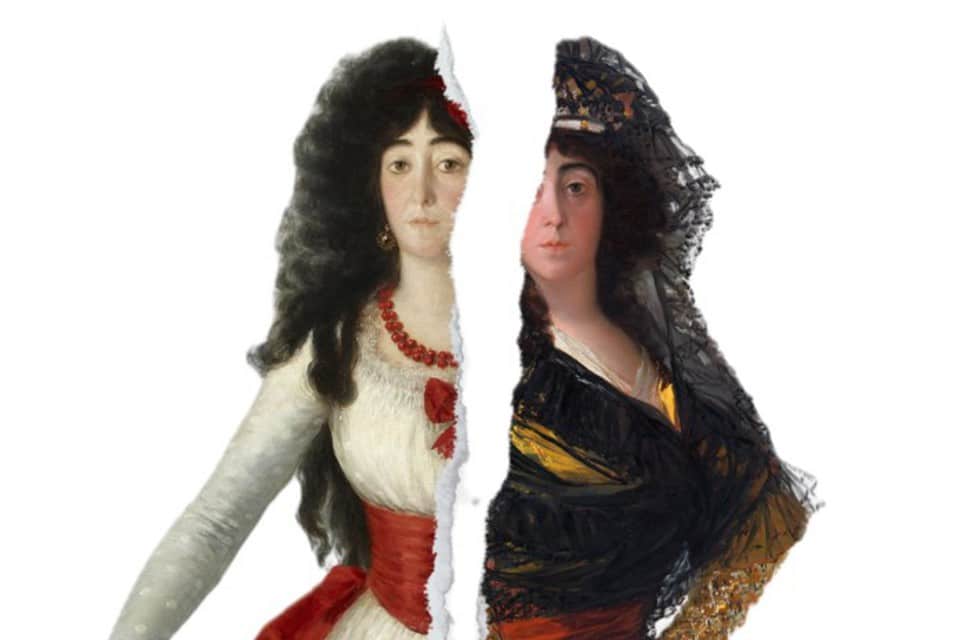Tomorrow, the International Congress ‘Dressing the French or the Spanish. 18th-century fashion in Spain’ will close at the auditorium of the National Prado Museum with a session focusing on the representation of fashion and the means of dissemination. The event will feature renowned experts such as Ángel Aterido, José Manuel Matilla, Amaya Alzaga, Denis Bruna, Bárbara Cepeda, and Gabriela Juranek, among others.
The purpose of this Congress is to study the dissemination of clothing customs in 18th-century Spain, a time of extraordinary singularity characterized by the ongoing debate between national fashions and those coming from abroad. The changes in clothing during the second half of that century reflected the transformation of a society that, with the modern style known as Rococo, began to value comfortable and pleasant intimacy, giving rise to a new concept of sociability.
The new sociability spurred the construction of new types representative of modern life and, consequently, new appearances that promoted engaged debates about the nature of genders and the types of masculinity and femininity in 18th-century society.
The change in mentality brought about by the French Revolution in 1789, along with the Industrial Revolution, put an end to the Ancien Régime and paved the way for the freedom to dress according to personal taste. Thus, the democratization of fashion began. In 1793, the National Convention proclaimed a decree and a universal principle of freedom: the freedom to dress freely, abolishing sumptuary laws.
For those who wish to delve deeper into the topics covered in the Congress, more information is available on the official website of the Friends of the Museum of Costume. This Congress represents a unique opportunity to understand and appreciate the profound social and cultural transformations that impacted 18th-century fashion.
Referrer: MiMub in Spanish











